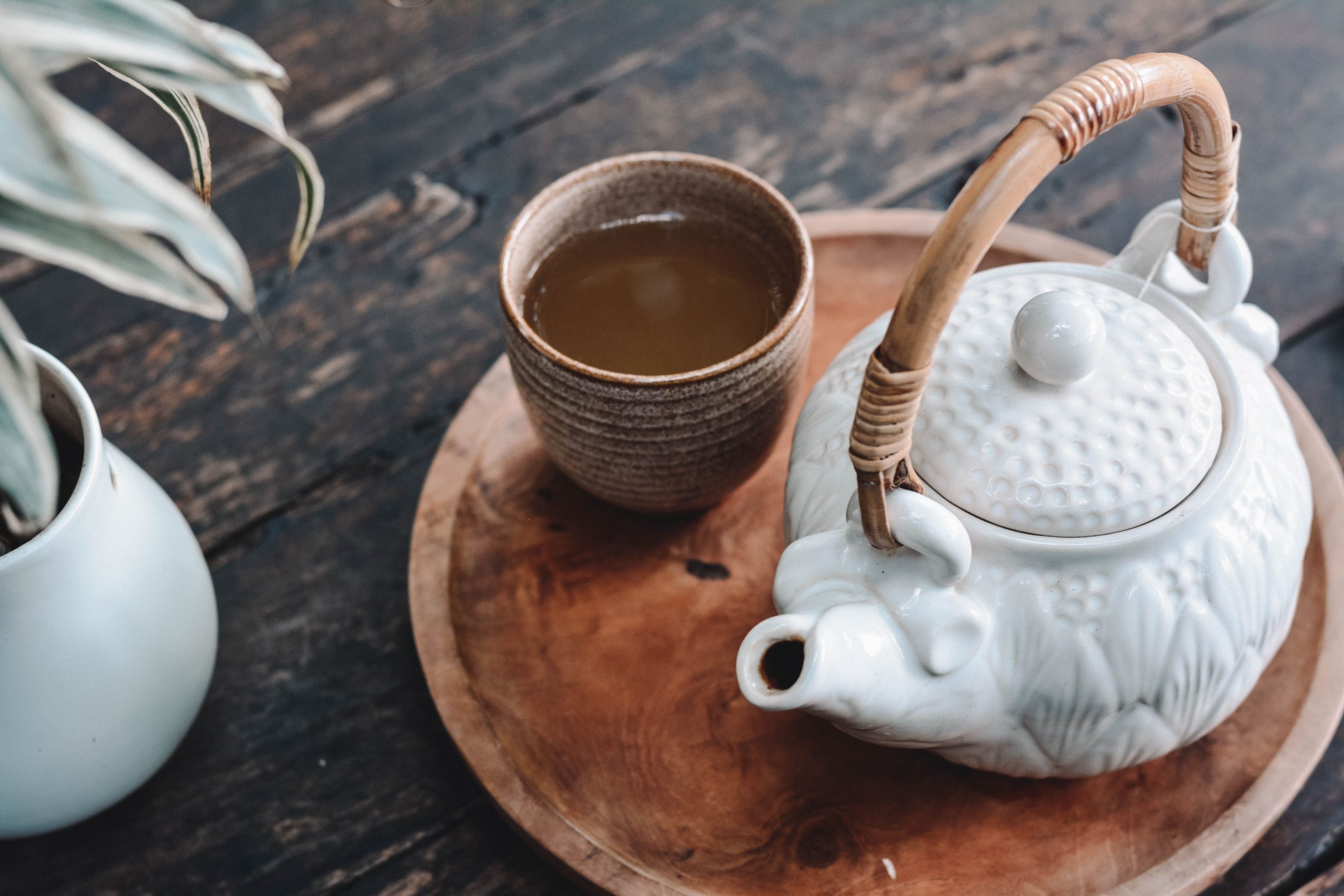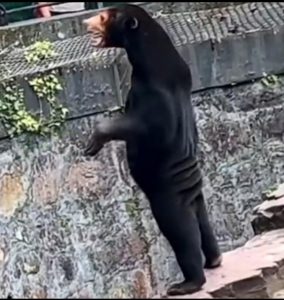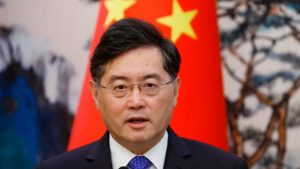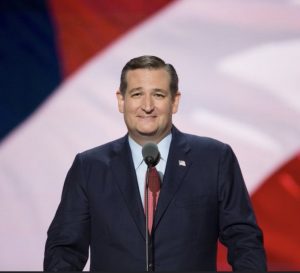Situated in Hong Kong, fine-dining restaurant Glassbelly Tea Lab is home to luxurious teas that not only have a rich taste, but a richer patron to drink it.
The restaurant lures customers through its oolong rock tea from Wuyi, one of the costliest tea varieties in the world. The tea derives its name from its nature of growing on the rocks of eastern China‘s Wuyi Mountains.
Glassbelly’s most prized possession is the Niu Lan Keng Rougui, a rare type of Rougui tea sourced from a valley brook in the Wuyi Mountains.
The tea retails at a price of $4,560 for 25 grams, or $184,615 for a kilogram.
Relishing a cup of Rougui tea at the restaurant costs $3,577, according to a report by CNN.
Also Read: Disney closes Shanghai park as COVID tightens grip, Shenzhen reopens
“To understand why some teas are expensive, first, you have to understand what a good tea is,” Wing Yeung, founder of Glassbelly told CNN.
“A major problem with Chinese tea is that there is no subjective answer to what good tea is. There are many sentimental stories and artistic elements when it comes to selling tea, but so little about the actual flavors of the tea,” Yeung said.
While the skyrocketing prices could leave several people with eyes like saucers, rare and expensive teas have long been popular in China.
Also Read: As COVID wave grips China, Beijing seeks to balance economic impact
In 2002, Da Hong Pao, a rare tea once reserved only for the monarch, was auctioned for $28,000 in Guangzhou.
In 2009, a 100-gram green tea from Anhui known as Taiping Houkui was auctioned for $31,300 in Jinan.
Recently, Sotheby’s Hong Kong, an auction company, launched its first tea auction in 2021, bidding away a 330-gram tea cake for $72,150.







